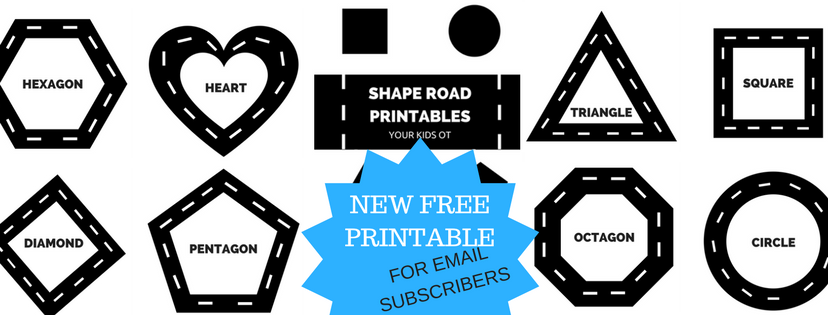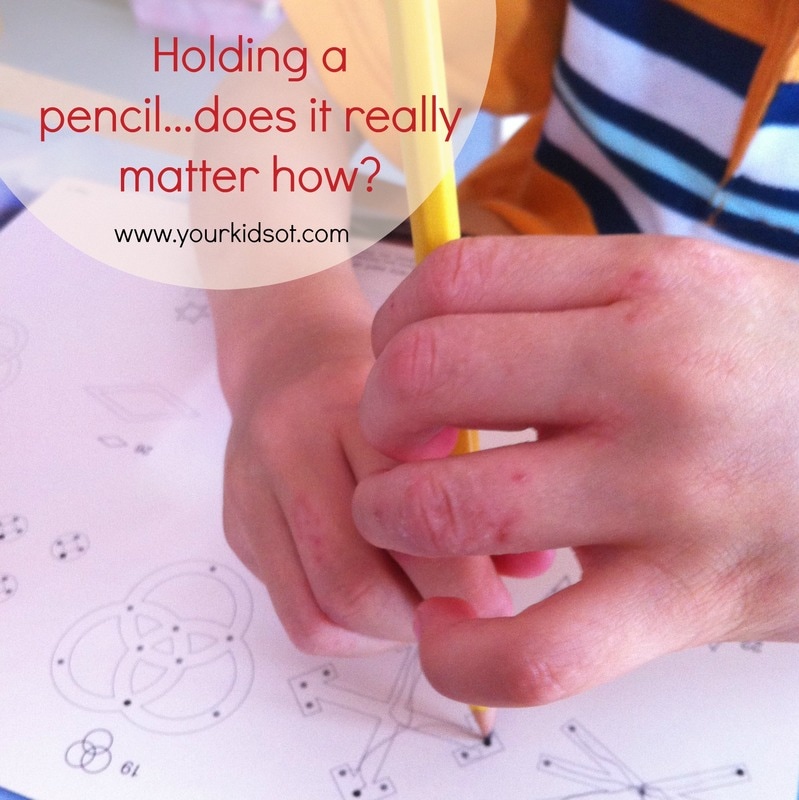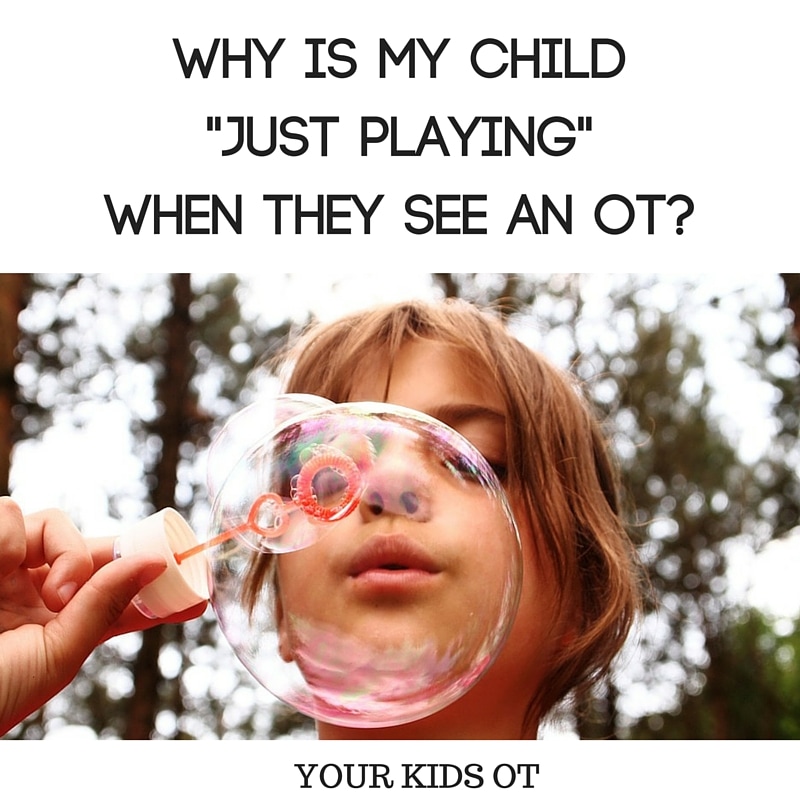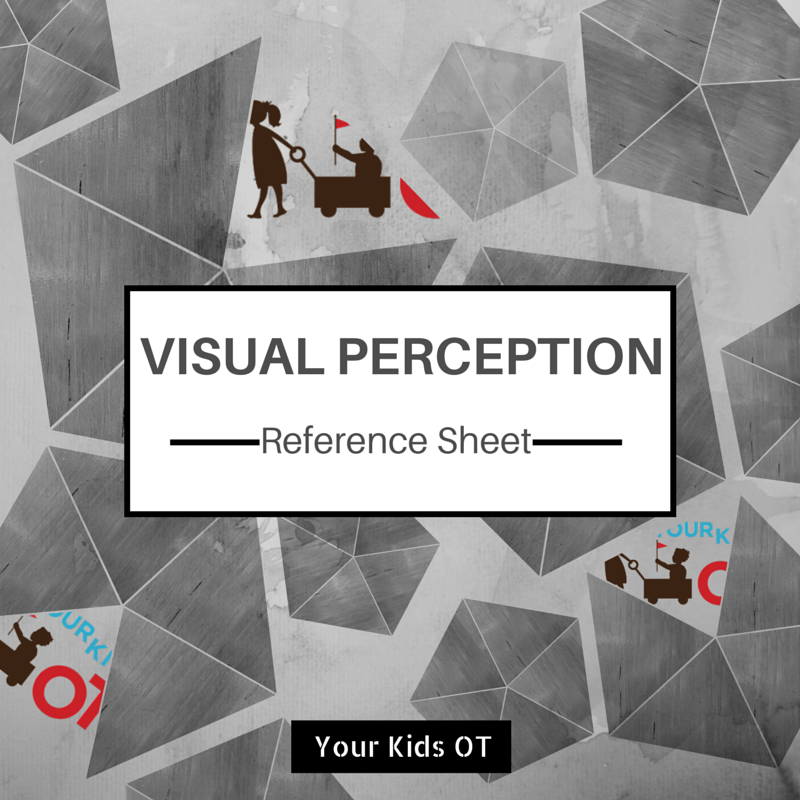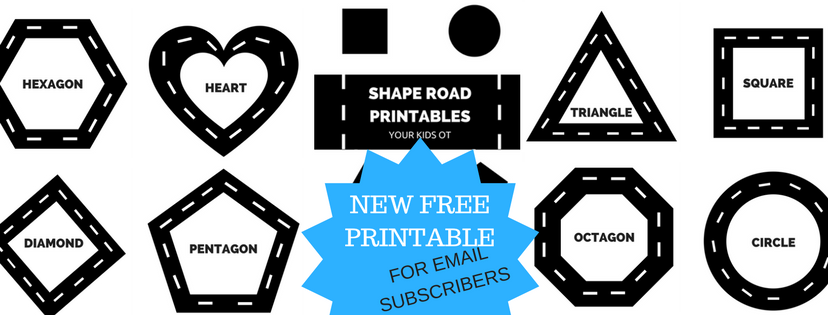|
The school playground can be an intimidating place! Depending on the school... lots of kids, lots of space and lots of noise! Surviving and indeed enjoying the school playground with friends, is often the main concern for parents as their children start school.
Children in the playground need to be able to initiate conversation, join in a group, negotiate, take turns, understand and follow rules in a game, co-operate with others, assert their opinion whilst listening to others, empathize appropriately and be a good sport! One of the keys to a positive experience in the school playground is the development of social skills prior to starting school. These skills may be encouraged over time whilst children play in their everyday settings. Social skills between children are learnt through play experiences with other children. These skills are important for communication , self confidence, resilience and positive relationships. Development of Social Interaction Skills By 3 years of age, children are playing beside each other with the same activity (parallel play). These children are interested in their own activity, whilst happy to sit next to anther child who is also interested in their own activity. You may find children in a sand pit where they are all playing with the sand (eg. digging, pouring, building) but they may not be playing the same game together. Children are beginning to take turns with other children. By 4 years of age, children begin to co-operate and negotiate their play with other children. They express play ideas and who will play what role, however they may also have difficulty resolving conflicts on their own. Children are starting to play group games with rules, learning to follow these rules and encouraging others to also follow the rules. By 5 years of age, children can co-operate and negotiate in their play. Games and imaginary play are becoming more complex and organised. Children are learning to approach others to join in a group as well as assert themselves to manage conflict. These children are learning to stand up for themselves against antisocial or undesirable behaviour from their peers. By 6 - 8 years of age, children are learning about good sportsmanship in games (being a good winner and a good loser). They are learning how to empathize with other children and offer support. Children are also learning how to communicate their needs and ideas, whilst respecting and listening to the needs of others. They are working out how to negotiate when disagreements arise as well as making joint decisions. Whilst these social skills are written with age guidelines, you may find older children also participating in the types of play listed for younger children. This is especially common when children are meeting each other for the first time or getting to know each other. For example, when children start school they are unfamiliar with their environment and the other children so may be happy to play alongside other kids with limited interaction.
Some children will have difficulty with the social skills required in a playground.
Here are 5 ways to help your child's social skill development! (1) Provide social situations where child interaction is fostered - These might include places such as a park, the beach, play date at home, church playground, local pool, camp ground, etc. (2) Modelling
(3) Game Play
(4) Stories
(5) Collaboration and Conflict Resolution
Setting up a successful playground environment for children who have difficulty with social skills!
Some children (such as children with Autism Spectrum Disorder) may continue to struggle in a playground environment because of difficulties with social skills. There are some playground modifications which can help these children as well as others. (1) Provide quiet spaces. Playgrounds should provide places for social interaction as well as spaces where children may be alone or in a quiet space. This may be a bench under a tree, a fort, grass area or the library where children are encouraged in quiet time. (2) Provide some structure within the playground. This may include time to eat in a certain area then time to play in a certain area. (3) Provide opportunities for structured games. This may include an area for board games, table tennis, hopscotch or basketball, etc. (4) Provide opportunities for a "club" run by a teacher or older students. This may include gardening, music, chess, frisbee, etc. (5) Provide a visual timer or clock so children can monitor how much time they have in the playground. (6) Provide a designated place for children to "meet up" in the playground. (7) Assign children to a "playground buddy" to look out for another child in the playground. (8) Provide a visual checklist of activities children may do whilst in the playground. Maybe a few strategic posters could be placed outside the classroom windows. This may include eating lunch, playground equipment, visiting the bathroom, reading a book or it might include action pictures such as star jumps, frog jumps, hopping, etc. (9) Provide playground equipment which requires more than one child to operate. The "We-Saw" is an example of this sort of equipment which encourages social interaction. What are your best tips for supporting children in the playground? This article is part of “Functional Skills for Kids: 12 month series by Paediatric Occupational and Physical Therapists”. You can find lots of great tips and tricks to help your children thrive in the playground in the links below! Developmental Progression of Playground Skills | Your Therapy Source Promoting Fine Motor Skills at the Playground |Miss Jaime OT How to Support Gross Motor Skills Needed for Playground Success | Mama OT Sensory Integration Therapy at the Playground | Sugar Aunts Modification Ideas for Playground Equipment for Children | Growing Hands-On Kids Playground Rules to Break for Greater Play Skill Development | Kids Play Space Playground Games and Activities for Kids | The Inspired Treehouse Essential Social Skills To Survive the School Playground! |Your Kids OT Developing Visual Skills and the Playground | Therapy Fun Zone
References:
Stagnitti, K. (2013) Learn to Play. A practical program to develop a child's imaginative play skills. Co-ordinates Publications. You may also like:
Today I would like to introduce Lauren from Teacher Types as a guest blogger giving us some helpful hints for learning sight words! Lauren is a mother of two, Early Years teacher, proud Adeladian and blogger at www.teachertypes.com. Parents and teachers of young children can be inspired with her play based activity ideas and parenting stories. A big thanks to Lauren for this great article to help your children with learning sight words!
~~~~~~~~~~~~~~~~~~~~~~~~~~~~~~~~~~~~~~~~~~~~~~~~~~~~~~~~~~~~~~~~~~~~~~~~~~~~~~~~~~~~~~~ Many parents are looking for new and interesting ways to help their children learn sight words at home, so today I've compiled a list for Cindy and her readers (I hear Cindy's son is getting close to the learning to read stage!). Firstly, I just want to explain a bit about how the whole 'learning to read' process happens. Basically there are three skills a child needs;
The English language is a tricky one for little people to master - words like 'they', 'said', 'put' and 'was' are not easy to sound out by using your alphabet knowledge. Hence, sight words (or ‘tricky words’ as we call them when using the Jolly Phonics program) are a vital part of the learning to read jigsaw puzzle. Each school may have a different system for teaching/learning sight words, however generally speaking your child will probably be given a list of words weekly or fortnightly to learn, and once they master this list, they move up to a new one. In the image above you can see a few examples of 'word building' - which is the skill of putting letters together to sound out and make words. Children love using hands on materials rather than just looking at words on paper. You can…
In the image above more great ideas to learn sight words!
Learning to read can be challenging for some children, where as for others it comes naturally. But it’s so magical when you see the light bulb go on and they just ‘get it’. The key is to make it a fun experience rather than like ‘pulling teeth’. If you child is excited about reading – you’re half way there!
You may also like:
Occupational Therapists work in a variety of settings. We see children in their home, a clinic setting, hospital or educational settings. We might work closely with medical staff, parents and educators. It can be confusing for people who have never met (or even heard of occupational therapists) to understand what we actually do! How do we differ from other professionals working with your child? You may also be wondering if an elderly relative who has had a stroke just saw an OT, how can we possibly help your child?!
To understand what we are looking for when we see your child for an assessment takes me back to university and the models of practise we studied. Depending on our training (from all over the world) we might take slightly different approaches. Having studied at Sydney University, the main theoretical model taught was the Occupational Performance Model (Australia) [OPM(A)]. Read more about the model here or for OTs interested in publications related to this model, find them here. But what does this mean when my child has an assessment??? This model of practice helps an OT to consider the whole child ... their roles, activities, where their performance may need help, areas of strength and the context they are in (family, cultural, social, etc). We may not consider every area in great detail depending on the reason for contacting us, however it gives us a framework to look at your child. Here is a typical scenario from my current OT practise to help you see what we consider when assessing your child . REASON FOR REFERRAL - A six year old child has difficulty with handwriting and producing legible work. The child is in year one at school and the teacher reports that they have difficulty paying attention in class and is constantly breaking pencils. ASSESSMENT PROCESS - Occupational Roles: OTs consider the child's role as a student and friend in the classroom. What is preventing them from participating fully in those roles? We would also consider any impact this has on the child as a "player", "self-carer" or "son/daughter". Occupational Performance Areas: Then we consider the areas of self-maintenance, rest, leisure/play and productivity/school occupations. Based on the referral, emphasis would be on school tasks (ie. productivity) - What school tasks and functions are they having difficulty completing? This might include writing activities, mathematics, sitting on the floor, listening to instructions, transitioning between tasks, completing work in a timely manner, etc. Occupational Performance Components: What components may need to be address that may explain underlying difficulties? * Biomechanical - This may include muscle tone, range of motion, strength, manipulation, joint stability, coordination, bilateral coordination, fine motor and gross motor skills. For this case study we may look at how the child holds the pencil, how they produce written work, how they move their hand/arm/shoulder, posture of head/body, what the written work looks like. * Sensory motor - This may include a child's under or over responsiveness to touch, movement, sight, sound, taste and smell as well as theirvisual perceptual skills and body awareness. For this case study we may consider how much pressure the child is applying to the pencil, do they have sensory seeking behaviour, what are they doing when they have difficulty paying attention, what is the classroom environment like ? * Cognitive - This may include perceiving, planning, sequencing, problem solving, understanding concepts, learning, short term/long term and working memory. For this case study we may consider the child's familiarity with the alphabet and letter formation, We may also consider how they structure sentences. * Intra personal - This may include self regulation, self esteem, inner drive and motivation to participate in activities. For this case study we may consider the child's behaviour and motivation in the classroom. Does this differ in different environments? What does the child find motivating? Do have difficulty controlling their emotions? * Inter personal - The ability to relate to other children and adults. This may include communication, following instructions, asking for help, taking turns and waiting. For this case study we may consider how the child relates in a 1:1 context compared with a classroom environment? Who are they seated near and what impact does that have on the child? What is their proximity to the teacher's desk from their own desk? OTs use a variety of standardised and non-standardised assessments as well as observations of your child in their natural environments. OT reports can be quite daunting for parents and teachers as we are looking at such a range of things for your child. I hope this article helps to explain the background behind your child's assessment and report. As OTs we may use a model like the Occupational Performance Model (Australia) with people throughout their lifespan. OTs work in aged care, mental health, rehabilitation, disability, return to work programs and increasingly diverse populations. They may also consider some of the same things we consider in your child to help them to maximise function and independence. If you would like your own copy of this application of the OPM (Australia), you can download your FREE copy here! Please redirect your friends, family and colleagues to this page so they can download their own copy as well! Has this article helped you to understand occupational therapy assessment? What model of practice underpins your work as an OT?
Your Kids OT blog recently turned 2! Welcome to those who have joined us recently and thank you all for your ongoing support. Here is a round up of the 10 most popular posts for 2015! See if you have missed any!
1. Best tips for tying shoe laces - Everything you need to know to teach your kids about lacing their shoes! This post included terrific techniques, top tips and great alternatives for those struggling with tying shoe laces. Read more here. 2. New visual perception reference sheet - Full of definitions, practical examples where visual perception is needed and potential areas of difficulties as well as a comprehensive list of strategies to try...this has become a popular reference sheet for OTs and teachers. Have you purchased your copy? Read more here. 3. Heavy work for little fingers - 6 finger activities to warm up those little hands! Read more here. 4. Fun with Flextangles - Some paper fun for older kids. Print, draw, fold, stick, move! Tricky for some. Read more here. 5. Homemade finger games - Finger soccer and finger obstacle course. Quick and easy to make for your next therapy session or to play at home. Read more here. 6. Writing slopes and a homemade option - Such a difference slope makes. Read more here. 7. Favourite Finger play rhymes and songs - A popular FREE download for your babies, toddlers and preschoolers! Read morehere. 8. Happy New Year: Healthy Kids! Every day learning in every day activities. - Written a year ago as part of a new year series I continue to encourage people to find opportunities in every day living for every day learning! Read more here. 9. Ask an OT: Does crawling matter? Is it ok if my child skips crawling? - Crawling is important for every age! Read more here. 10. Spatial awareness and simple blocks. - 3 great ways to encourage spatial awareness at different levels using simple wooden blocks. Read more here.
I'm always a little overwhelmed that there are new readers, pinterest followers and FB likers for my little blog. Thank you again for reading, commenting, liking .... keep spreading the word!
I also love to hear from you - what have you found interesting, learnt, modified, created, been inspired from what you have read?! Looking forward to a great 2016!
Mr 5 is starting big school in 2 weeks time. He has his uniform, hat, shoes, lunch box....He is ready (even though I may be a bit emotional)!
Parents I speak with are often worried about how their child will cope with being at BIG SCHOOL! Their main concerns are usually social "Will they have anyone to play with?" "Will they sit by themselves at lunch time?" or sometimes about self care "Will they know when to go to the toilet?" Kindy teachers are fantastic at helping children settle into big school. They will take them for walks around the school so they are familiar with the buildings, they will introduce class mates to each other (repeatedly), they will schedule regular toilet visits and give lots of reminders about how to sit, raise their hand and interact with other children. As a parent there are a few things you can practise with your child in these few weeks before school starts to help the transition go smoothly. (1) Practise getting dressed - Let your child "dress up" and play in their uniforms at home. Don't worry about getting them "dirty" - that's what the washing machine is for! In fact after a few washes a brand new uniform will be less stiff and more comfortable for the first day. Encourage your child to practise fastenings such as zippers, clips, buckles and buttons. If they are struggling, show them patiently how to grasp and manipulate the fastenings. Sometimes children struggle with the fine motor coordination or using both hands together to manage fastenings. Practise now before the pressure of time hits on a school day! Choose fastenings where possible which promote success. If your child is not confident with tying shoe laces, don't worry they will get it! Buy the velcro shoes and save everyone unnecessary stress! (2) Practise getting food out (and not losing their lunch box)- There is nothing more stressful for a child than not being able to eat. Choose a lunch box which they can open and close independently. Check with your school if they need separate containers for fruit or morning tea. Make sure your child can open and close every container you plan to send to school. Label everything and help your child to identify their name and containers (especially if you have just bought them a new one). Use your containers on a picnic with your family and ask your child to identify which container belongs to them. If you send it packaged food such as biscuits, sultanas or poppers, practise opening these as well. Consider transferring things into zip lock bags or brown paper bags which are easy to open. Don't forget to practise opening and closing drink bottles as well if you want to prevent leakages through new school bags. (3) Practise saying good bye to you - Keep it short and sweet. Don't linger and don't show your emotional response (a pair of sunnies is a good idea) to seeing your little boy (or girl) starting school. You could role play this at home. Set your child up at a little table to do some drawing and say "goodbye" and physically walk to another room. You could even reverse this and your child could be the parent dropping off their child (you). Remind your child that you will come back! You could even arrange a meeting spot if you know where they will be at the end of the day (eg. I'm going to come and pick you up from your classroom.) (4) Practise social skills - Practise with people you meet at the park or friends you have visit. You could model for your child simple phrases such as "Hi, I'm Cindy, what's yours?" " Can I sit next to you?" "Do you want to play tip?" "I like your lunch box, I have Peppa Pig on mine". If possible arrange a play date with other kids from the same school either before school starts or in the first few weeks. Avoid asking "Who did you play with? Did you make any friends today?". Instead ask your child, "Can you remember who sat next to you in story time? Can you remember who was in front of you when you lined up to go into class?" Even if they can't remember initially, as your child learns the names of other children in their class, they will be able to tell you. (5) Practise sitting on the floor cross legged - Read books or play games at a low table with legs crossed. If your child isn't used to this position then it would help to practise! Help them not to lean on furniture or other children. Get bigger siblings involved with reading stories as the "teacher" to your child starting school. If your child has difficulty sitting cross legged, they may have difficulty with postural tone, low muscle tone, core muscle strength or sensory processing difficulties. Start encouraging your child to sit with legs straight and stretch. You could sit with your feet up against their with your legs straight too. Work on core muscle strength activities such as sitting on a gym ball to watch tv, doing sit ups, wall sits and animal walks. If they continue to have difficulty with sitting cross legged, you may need to seek advice from an occupational therapist or physiotherapist. (6) Practise asking for help - Use opportunities when visiting friends or relatives to encourage your child to ask for help. They could ask the grown up "Where is the bathroom?". This helps your child to look beyond their own parents for help. Sometimes we can anticipate the needs of our child but in a classroom setting, children need to know how to speak up especially when they need help. (7) Practise going to the toilet - Encourage your child to lock the door when using the public toilet. You might need to show them what the door looks like when it is vacant and when it is occupied. Boys should be shown how to use the urinal or at least what a urinal is for. I've heard cringe-worthy stories of Kindy boys washing their hands in the urinal! Always pack a spare pair of underwear and socks into the school bag (with a plastic bag) even if it has been months since your child has had an accident. School can be an intimidating environment for some. I have been deliberate in not adding too many "academic" things to practise before school starts but have included these three (at the bottom of the list). (8) Practise holding the pencil with a dynamic tripod grasp - Starting the writing journey with an efficient grasp will help your child to be confident with controlling their pencil. Read more about pencil grasps here! (9) Practise writing their name with the correct directionality - This is something that is asked of Kindy kids repeatedly so if your child is aware of writing their own name or most of the letters, then they are off to a flying start. Always encourage them to use a capital letter for the first letter and then lower case letters following. Not sure of the direction yourself? The rED Writing app is fantastic for Australian school age kids as it shows parents and kids the correct directionality. Read more about the rED writing app here. (10) Practise one to one correspondence - Encourage your child to point to one item at a time when counting or one word at a time when reading. Try singing the alphabet with your child whilst asking them to point to each letter individually. There are lots of kids who start school thinking "LMNO" is one letter. Show them lower case as well as capital letters. Help your child with the visual tracking to point to each item/letter/word. This an important skill for maths readiness as well as reading and writing. Do you have a child starting BIG SCHOOL? Are they ready? Are you?
_You may also like:
So now you have your favourite printables, maybe these ones or theseones or ones of your own. Printing these off for every child you see is unrealistic (and expensive)! Here are some great ideas to make the most of your printables so you can use them over and over again with one child or multiple children. Each of these options involves using a dry-erase marker to write which can then be wiped clean with a tissue. I use an alcohol wipe when I notice my "page" needs extra cleaning. Try these ideas to make the most from your printables! 1. Laminate each page. - Laminators are a great investment if you are intending to do a lot of laminating. Fantastic way to protect printables as well as visual schedules, reward charts, reference sheets, certificates or anything else you may want to protect. Laminating a page instantly turns your printable into a dry-erase board or playdough mat. 2. Laminate a "window" - Laminating every single printable you have can be time consuming and expensive too! I have made a laminated "window" which allows me to slip in a piece of paper to use. The "window" is made from a frame of coloured paper and this helps visually to draw your child's attention to the page. I join two laminated "frames" together to make my "window". I carry my "laminated window" in my therapy bag and it allows me to use it with multiple children in a day using different printables. Sometimes I will laminate a "window" to give to teachers or parents so they can use some of the printables that I suggest. 3. An empty CD case makes an excellent dry-erase board. They work perfectly with the Connect Puzzle printables by Your Therapy Source that I wrote about last week. CD cases are light and compact. I clip my "connect puzzles" to the CD case with a large bull-dog clip and it is so easy to transport. Kids love the novelty of writing on the CD cover too! 4. A plastic photo frame also makes a great dry-erase board. I have used them with visual schedules at home as well as printables such as Alphabet letter roads. These plastic picture frames were purchased from IKEA. Have you turned your printables into dry-erase boards? What is your favourite idea?
You may also like:
Last week I attended the 'Apps in Practice: Developmental Paediatrics' webinar held by the Australian OT Association. Here is a summary of the webinar conducted by Yolanda Fernandez, Dr Fiona Jones (On Call Children's Therapy network) and Kate Horstmann. The motivation for the workshop was clinical sharing rather than as technology experts with the focus on apps to use WITH children, not functions that we use to support ourselves as professionals. When and how do you use an iPad? Context
Benefits
Challenges
Self Care (Routines, Sleep, Specific Tasks, Daily Living Skills)
Productivity (learning to write, word processing, organisation, fine and visual-motor skills)
Organisation and Planning
Fine & visual motor skills
Leisure (social, communication, self-regulation, confidence)
Universal Functions (can be used in any of the previous performance areas and for "pulling together" therapy strategies)
For App reviews Access and Controls
Summary
This was a great workshop to attend. I particularly liked hearing about the challenges to using iPads and learning about some apps that I haven't used before. The apps that I have reviewed on this site have links for further information. Have you considered counteracting screen time with physical activity? Is there an app that you are currently using that you would recommend? You may also like to read about the following apps...
October is a busy month for Occupational Therapists! In Australia, it is National OT week from the 19-25th October and the World Federation of Occupational Therapists celebrate World OT Day on the 27th October. This month is about raising the profile of Occupational Therapists and sharing about what we uniquely do! Occupational therapists work with people of all abilities and all ages to do the things they want to and need to do through the use of therapeutic activities and equipment. An occupational therapist may work with children in any of the following areas:
In celebration of OT week and World OT day, I thought I would answer a few questions so you can get to know me better! How do you describe OT? When I was at university, I remember people describing Occupational Therapists as being "generalist specialists" or "basket weavers"... well there is some truth in both those terms. Occupational Therapists look at a whole person (or child) to help them participate in their activities of daily life. We help to train or re-train skills (using various activities), compensate for difficulties (modifying the activity, recommending equipment or modifying the environment) so that the person can participate in life to their potential. What is something you have learnt as an OT? In my first job as an OT, I worked with children who had significant physical and intellectual delays. I learnt how to use an electric kitchen carving knife to carve out foam seat supports for wheelchairs. We would glue parts together onto a plywood board, then cover them material cut and sewn especially for the unique foam seats. Whilst this was time consuming and at times frustrating, I was very proud of my achievements! Where have you worked the longest? My first job was also my longest. I worked in the Nepean area of Sydney for over 7 years. I loved the people (both staff and families) that I worked with during my time there. I learnt everything in this first job from wheelchair prescription, multi-disciplinary assessments, use of visual aids for learning, major home modifications, working in schools and much more. I'm so grateful to the other OTs and health professionals who guided me and took me under their wing when I first started. I also think back to the privilege it was to work with so many families and see how having a child (or children) with a disability affected the whole family What has been the funniest moment as an OT? The funniest moment must be when I was working with two cheeky 6 year old boys who decided to have a spontaneous farting competition whilst we were working on handwriting (in a very small room). It wasn't funny at the time but hindsight is a good thing! Here are my top 5s. {You will have to stay tuned for posts on some of these!}
Why do you blog? I started blogging as a way of recording down my therapy ideas whilst having a slow down in my working life to spend time with my own children. I love sharing my ideas and showing others how to engage with their kids with simple activities that can be done at home. I also love reading other blogs and trying out new ideas! I think it is difficult for some to access Occupational Therapy services due to waiting lists, financial constraints or a lack of understanding of how Occupational Therapists can work with children and their families. I hope that Your Kids OT will help these families! Thank you to all who subscribe or follow Your Kids OT on social media. I appreciate your feedback and comments! Are you an OT celebrating OT week or World OT Day? How do you describe OT? #OTweek #WorldOTday
UPDATED 2023:VERSION 2 OF THE SCHOOL READINESS CHECKLIST NOW AVAILABLE!
As we begin term 4 of the Australian School term, some of you may be thinking about school readiness for 2015. Is my child ready for school? Is school ready for my child?
Whilst there are certain expectations for children beginning school, there is also a wide-range-of-normal! Children learn at their own pace and may begin school with various "school readiness" skills. School readiness may include social skills, language skills, emotional skills, concentration skills, visual-motor skills, pre-writing skills, self-care skills, fine and gross motor skills. If your child has difficulty with one or more of these areas of skill development, it does not mean that they are not ready for school. It may mean that they need some help ... including Occupational Therapy. I suggest looking at the overall picture of your child's development and speaking with your child's educator (if they attend preschool or child care). The following school readiness checklist is based on those "red flags" where referral to Occupational Therapy may assist your child in these months leading up to starting school. The questions here are based on various standardised assessments OTs use including The Miller Function & Participation Scales, The Peabody Developmental Motor Scales and the Beery VMI (Visual-Motor Integration). The checklist is not exhaustive and was developed to provide a snapshot of where you child is currently performing and what they may need help with completing.
You can find a FREE printable copy of this checklist in the Your Kids OT shop. You are welcome to distribute it to parents and educational settings. OTs, please do not copy the content for professional use (ie. don't use the content and add your own logo).
If you complete this checklist and have concerns about your child's development, contact an Occupational Therapist for a comprehensive assessment. If you live or your child attends an educational setting in the Ryde LGA (Local Government Area), please contact me at [email protected] or via the contacts pagehere for further information about direct therapy services. Do you have a child starting school in 2015?
I have said previously that greeting cards are a great way to encourage kids to write their name and simple messages. Print off your free Father's Day cards here! {Not Father's Day in your part of the world? Then why not pin this for later?} A happy Father's day to those of you who are fathers reading this article. To those who are reminded of difficult times or pain at celebrations such as these, my thoughts are with you. How do you celebrate Father's Day? What do you think of these "scratchie" cards? P.S. Don't forget the Lego Challenge! Send in your entries before you forget, thanks!
|
AuthorHi, I'm Cindy and I am an Occupational Therapist. I enjoy working creatively with children to see them reach their potential. Read more about me here. SEARCH THIS SITE
Archives
June 2024
Categories
All
Popular Posts |
Join the YKOT e-newsletter!
Subscribe to get our latest content by email and receive
the SHAPE ROADS PRINTABLE NOW!

Success! Now check your email to confirm your subscription and receive your free printable!
Join our Mailing List!
Subscribe to get our latest content by email and receive
the SHAPE ROADS PRINTABLE NOW as a thankyou!

Success! Now check your email to confirm your subscription and receive your free printable!
Disclaimer: The information on this site is general in nature and should be used for educational and entertainment purposes. The activities are safe for most children, however, you should consult an Occupational Therapist or health professional to address specific movement, sensory or other medical conditions. This blog does not replace formal therapeutic professional advice given by a health professional or medical practitioner. Reviews and endorsements of products will only be made based on my expertise and personal opinion; and deemed worthy of such endorsement. The opinions shared in sponsored content will always be my own and not that of the advertising company or brand. Content, advertising space or posts will be clearly identified if paid, affiliated or sponsored. Affiliate links may be found throughout this website in advertising. This means that if you follow through with a purchase from these links, Your Kids OT will receive a percentage of the sale. Your Kids OT undertakes to meet the requirements of the "Social Media Policy" as published by Australian Health Practitioner Regulation Agency (AHPRA). Further information about this policy can be found here.
Find meFollow me |
About me
AuthorHi, I'm Cindy and I am an Occupational Therapist. I enjoy working creatively with children to see them reach their potential. Read more about me here. |
Copyright © 2017 Your Kid OT

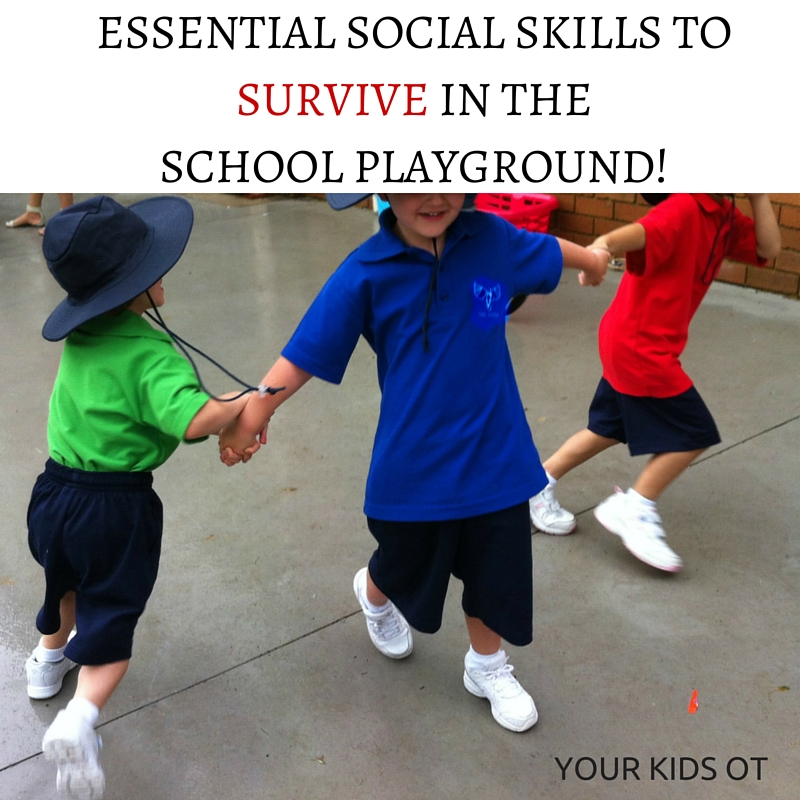

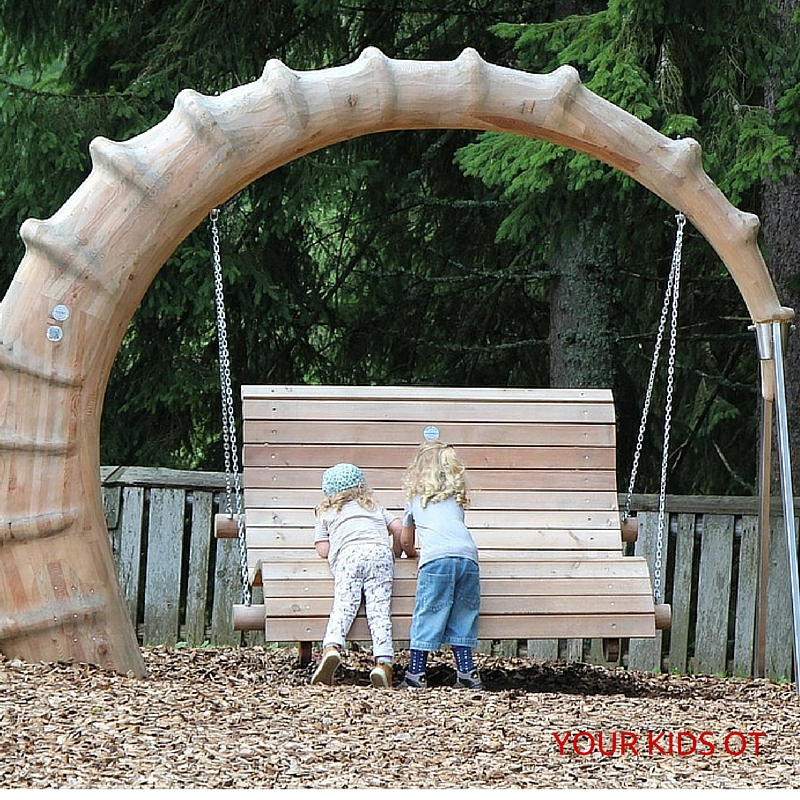
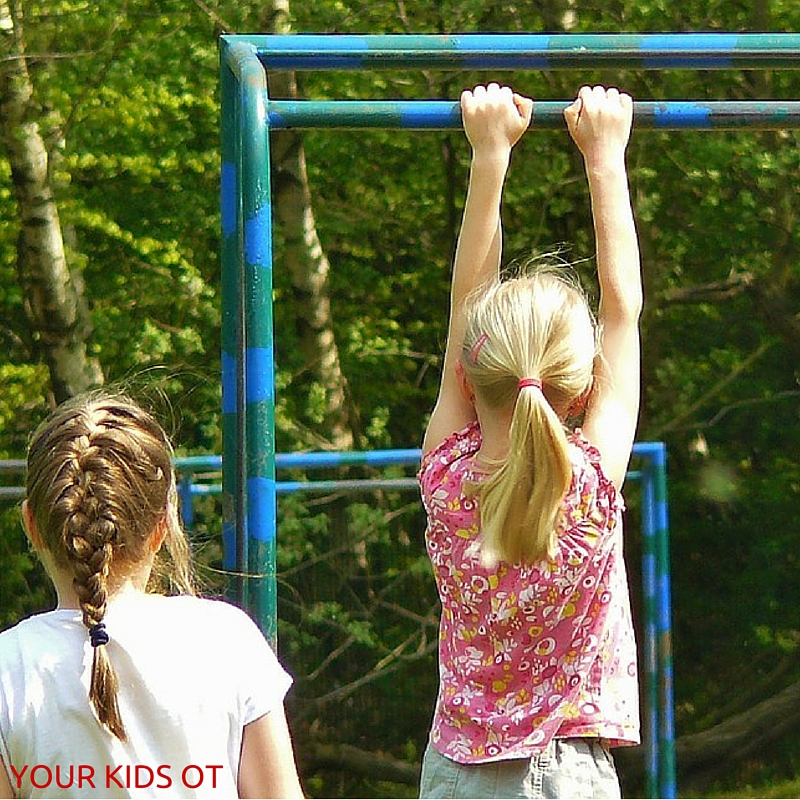
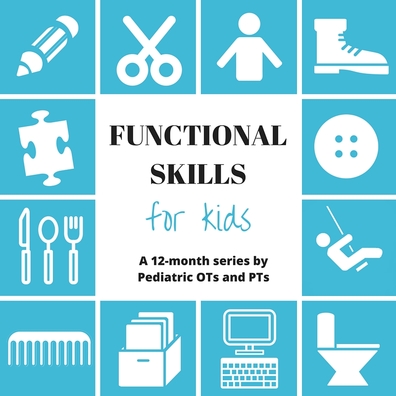
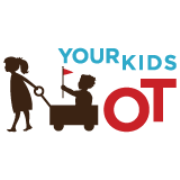
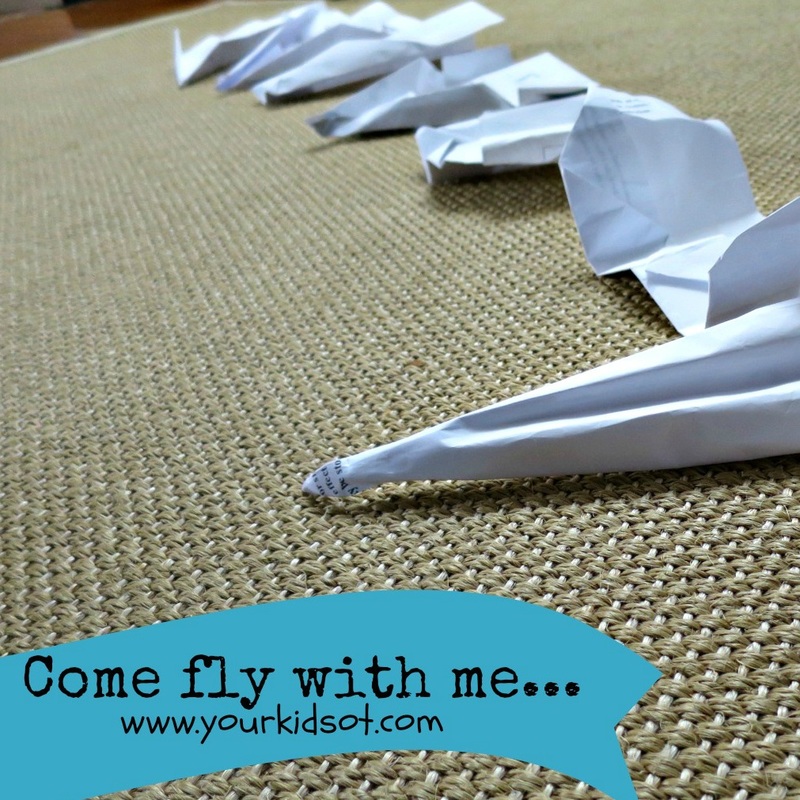
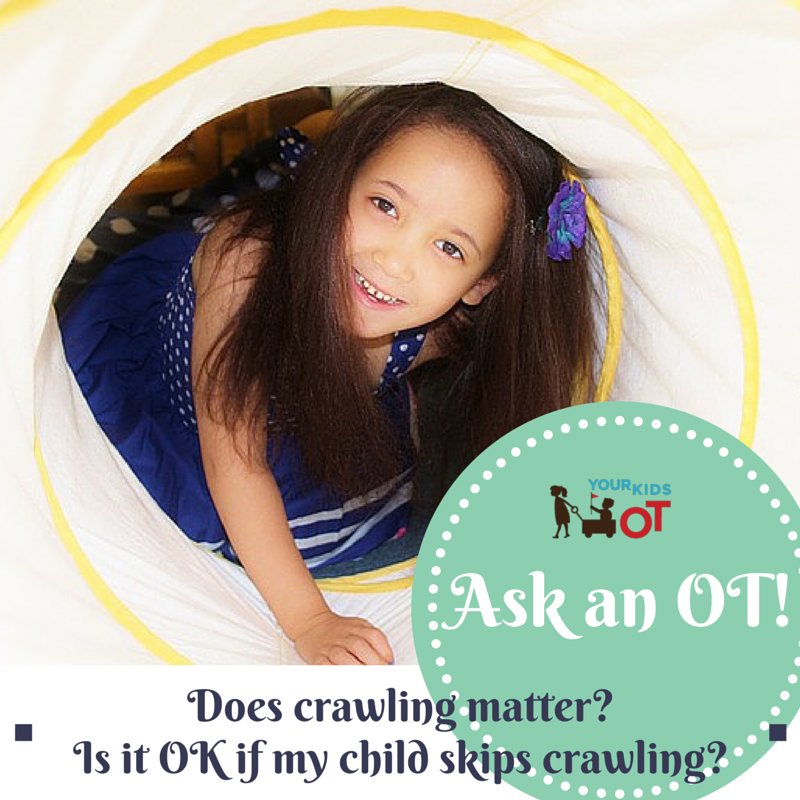

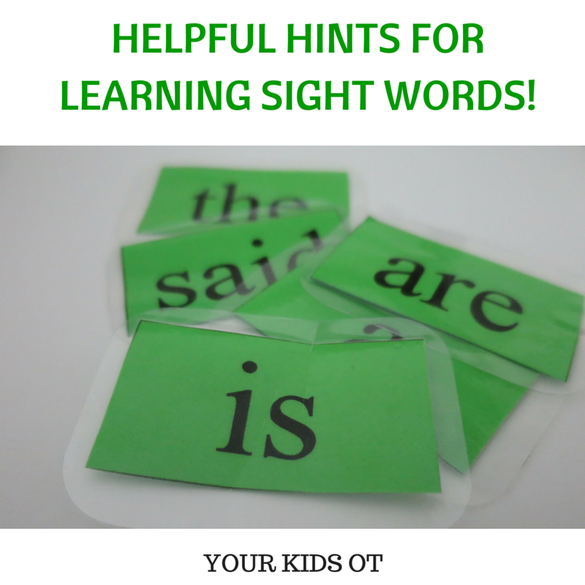
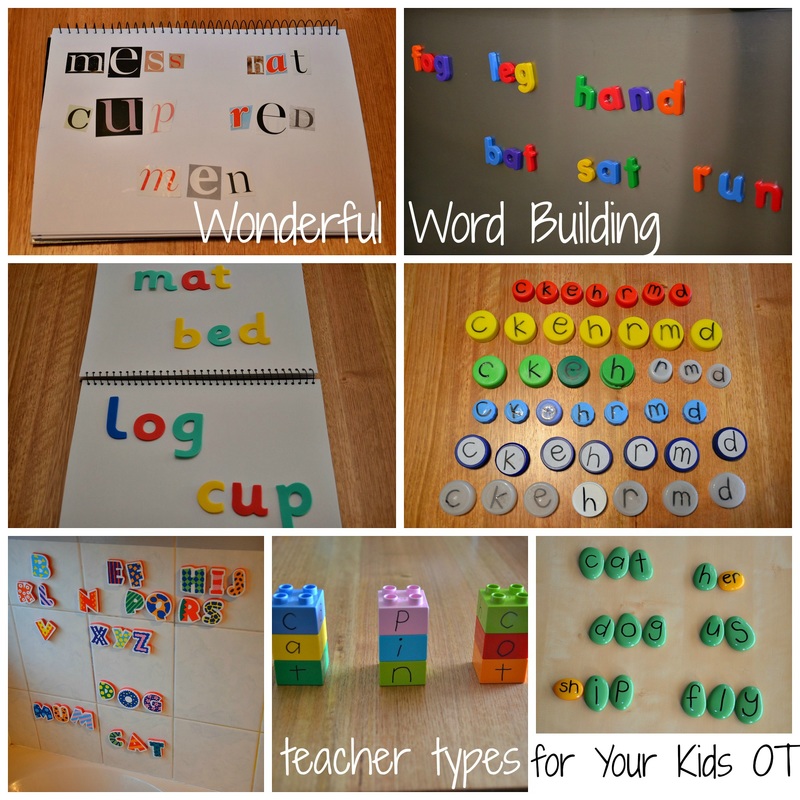
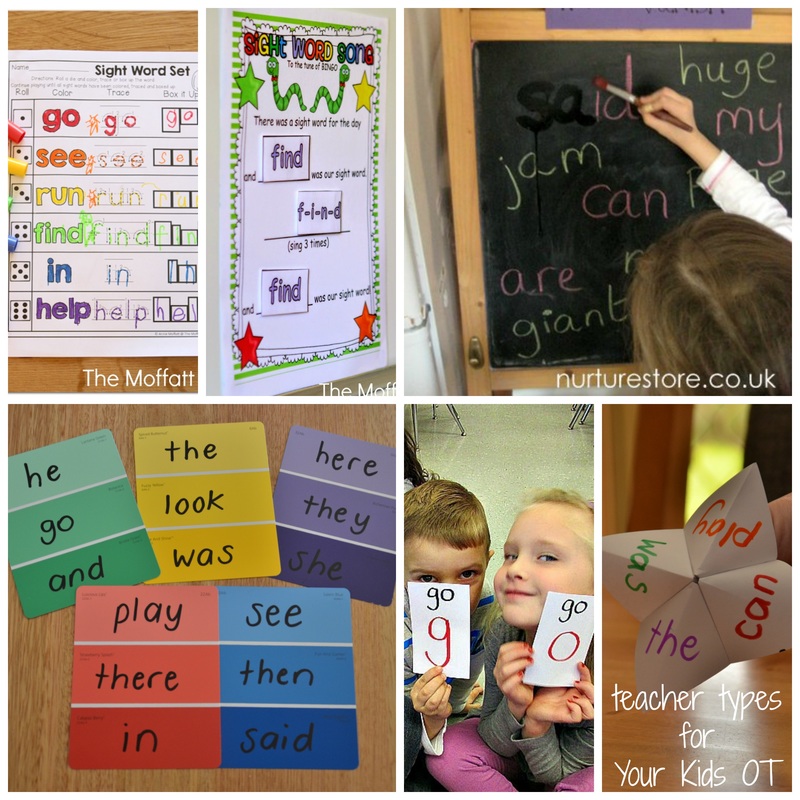
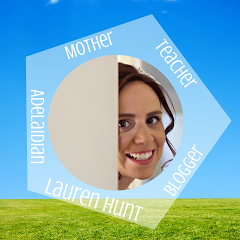
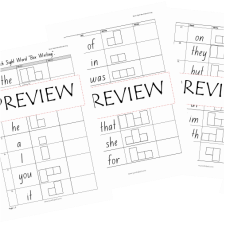
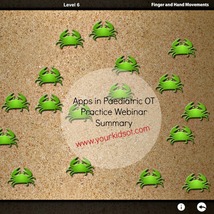
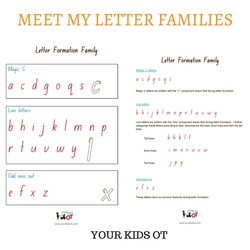
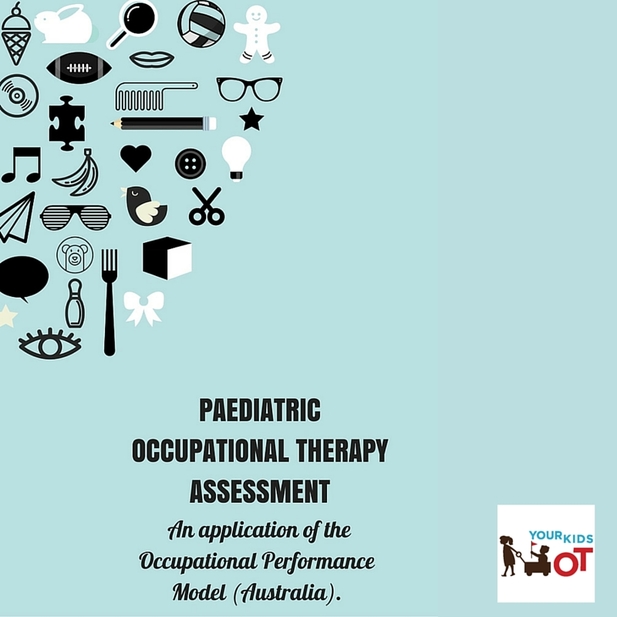

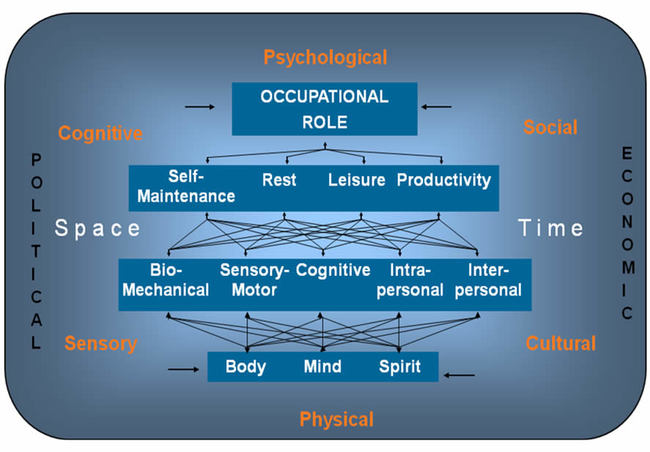
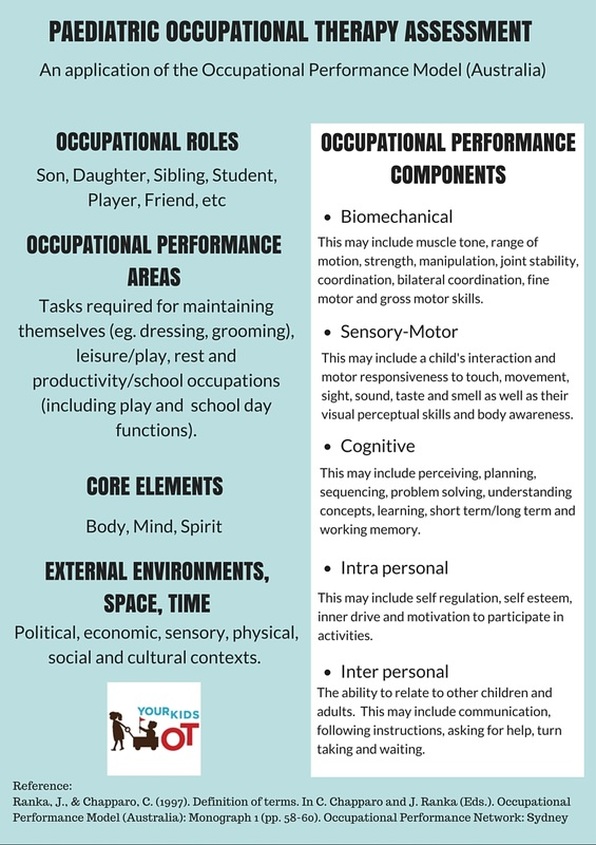

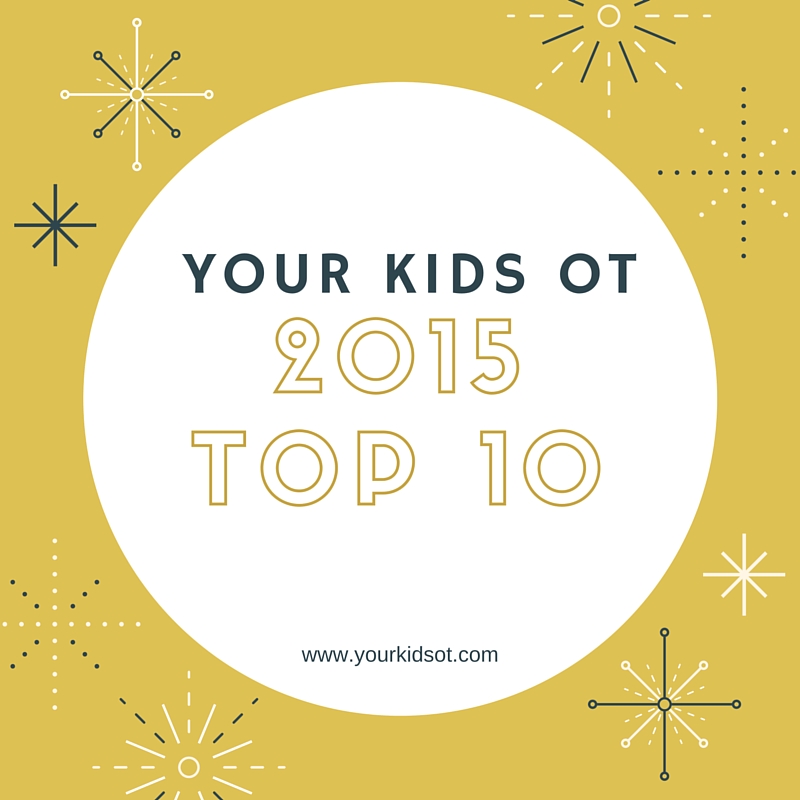

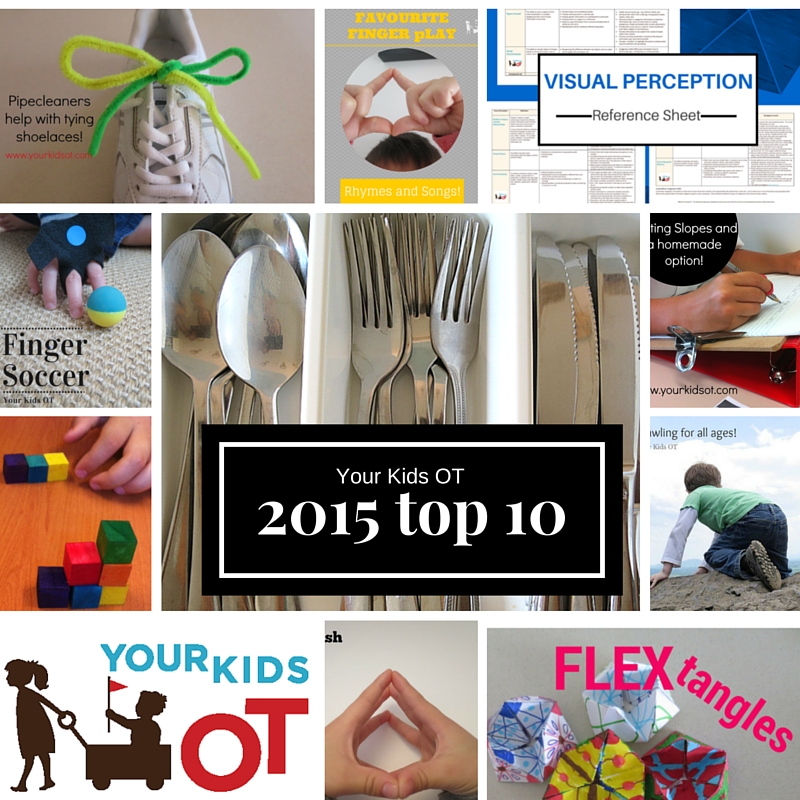

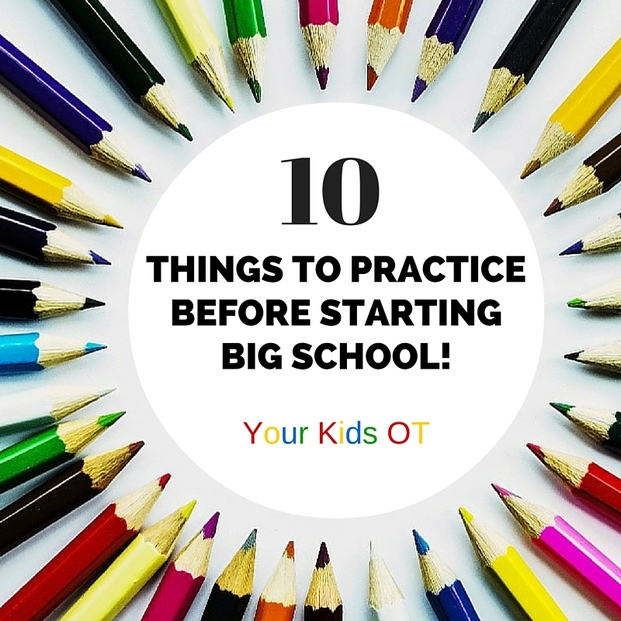

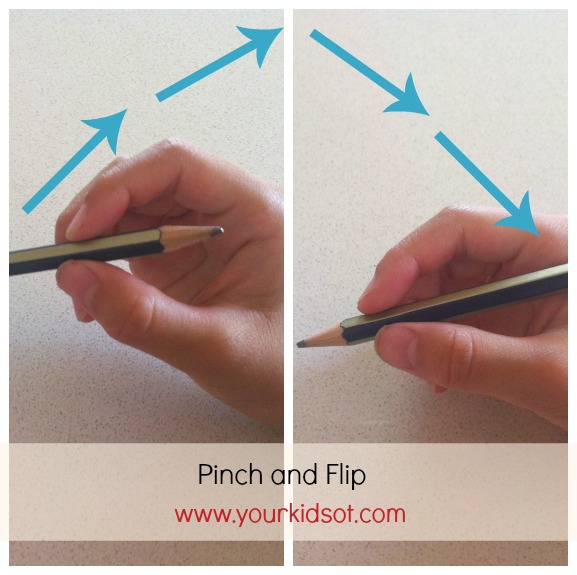
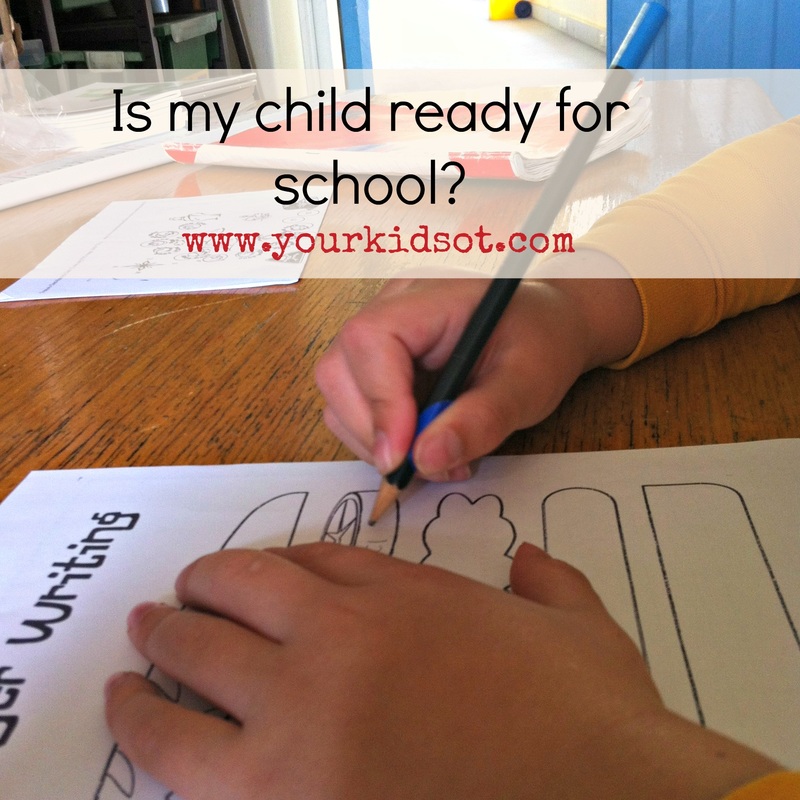
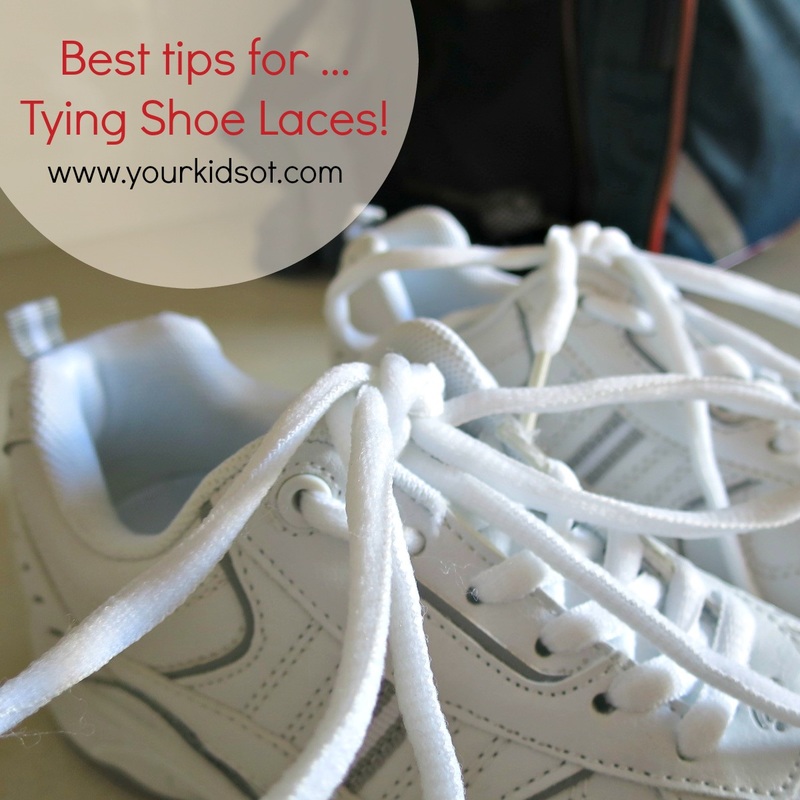
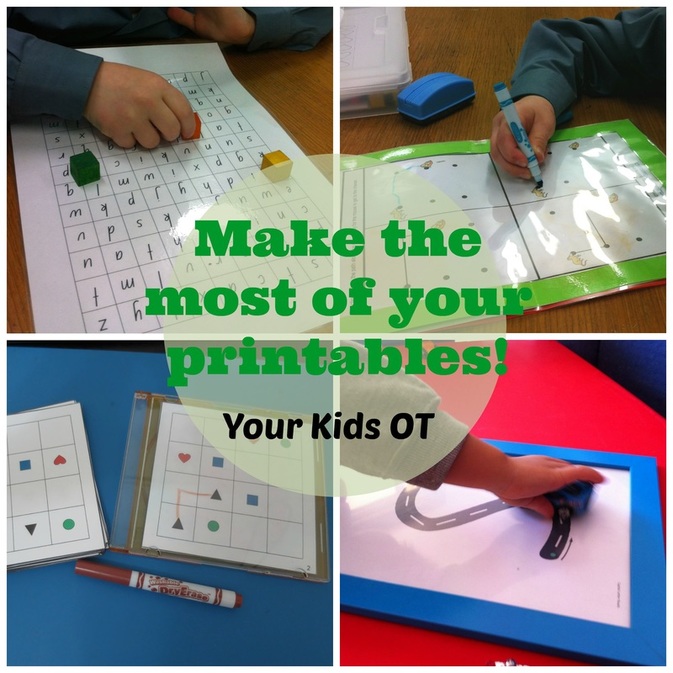
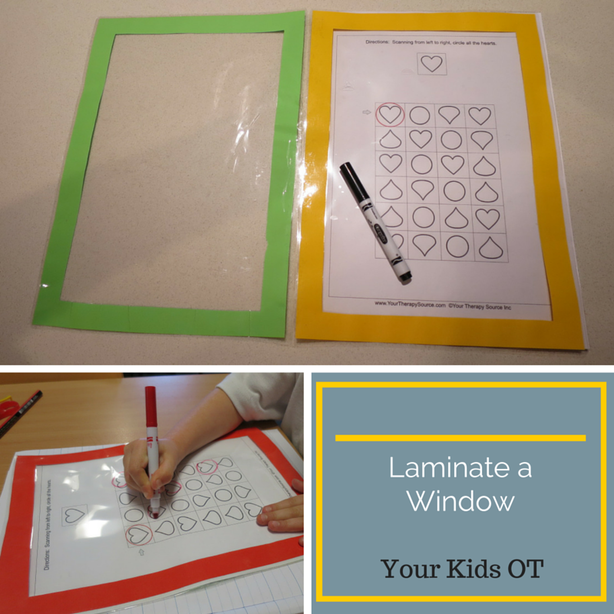
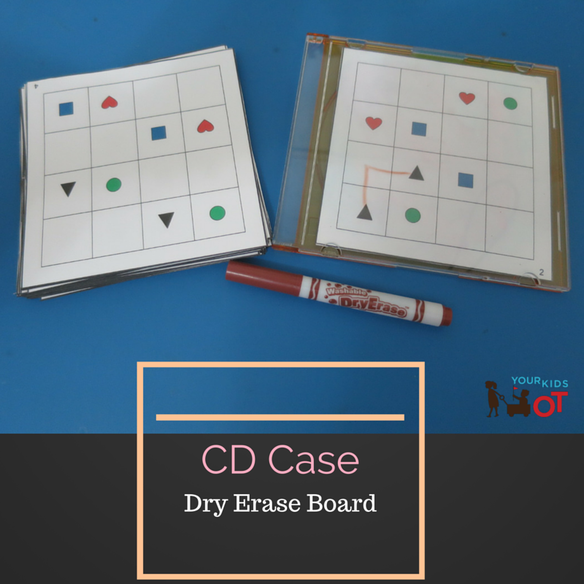
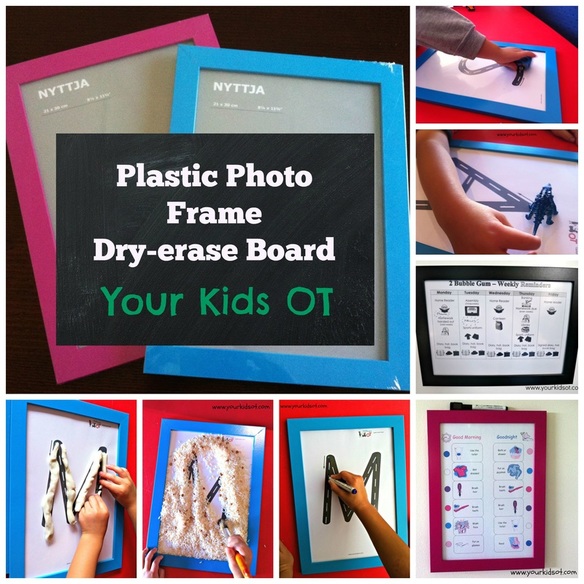

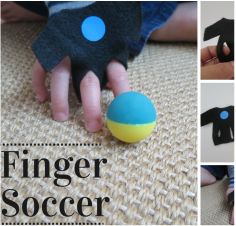
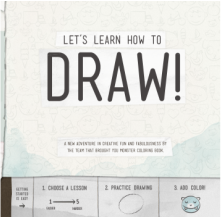
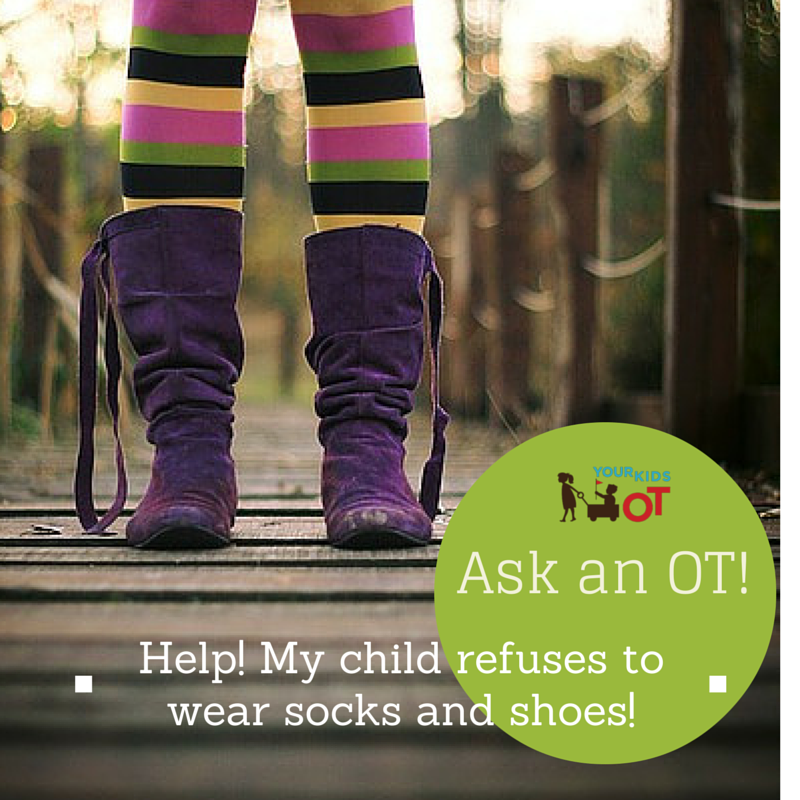
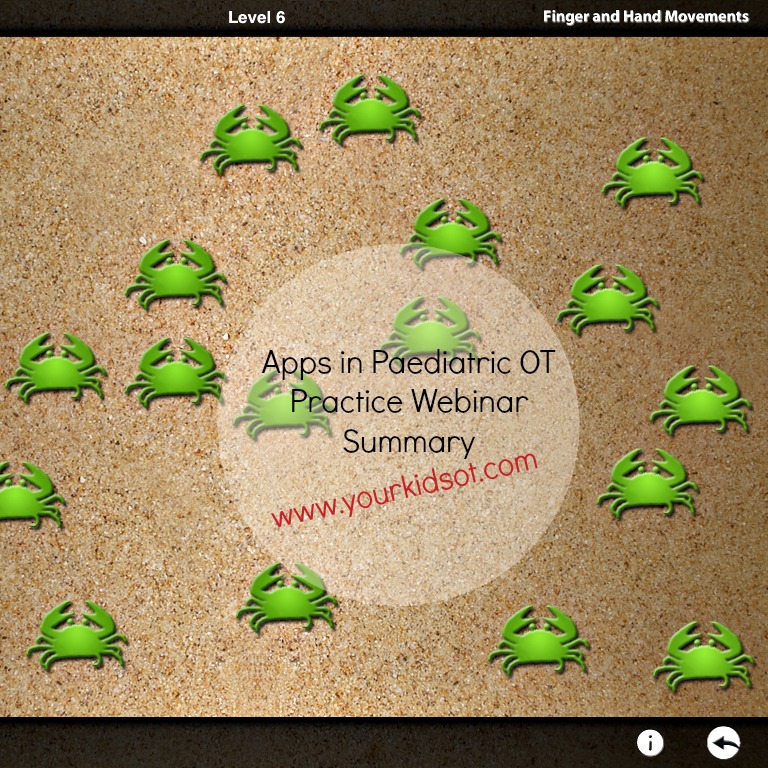
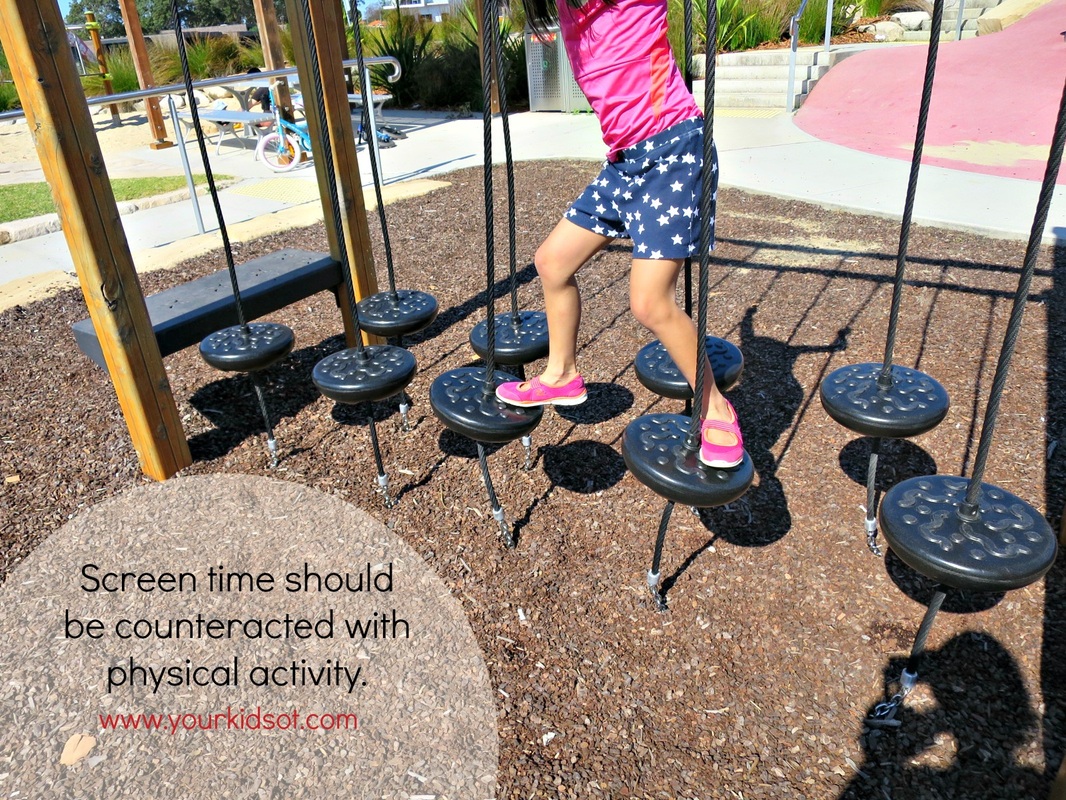

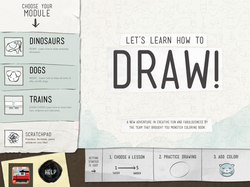
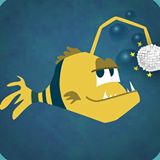
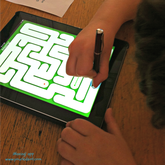
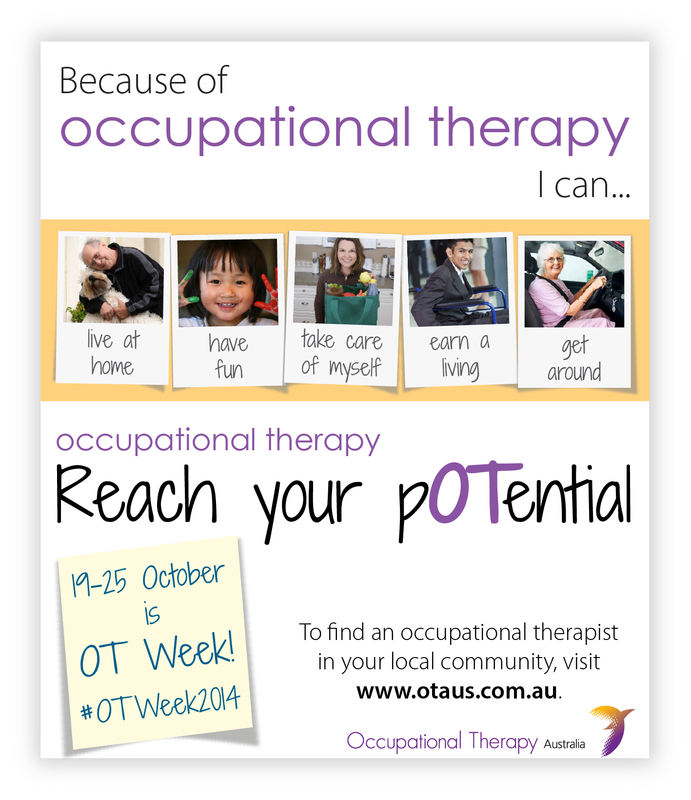
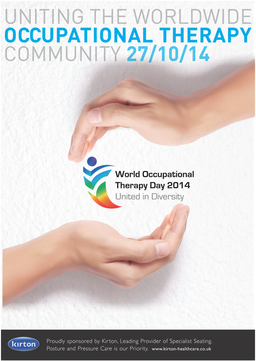
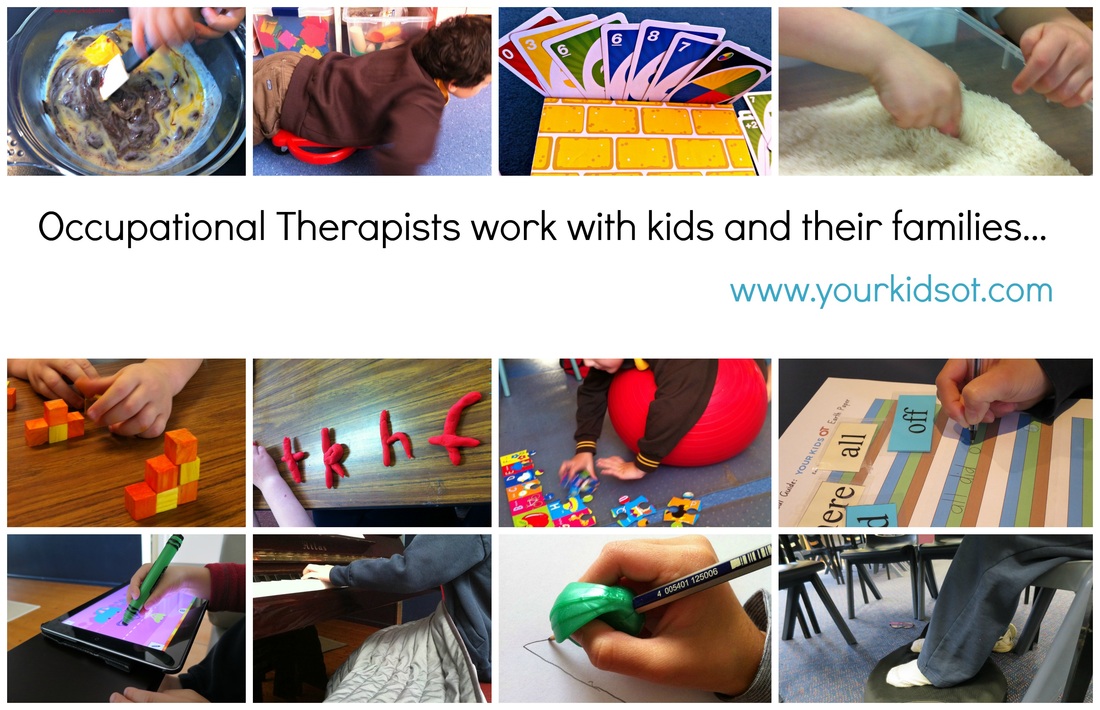
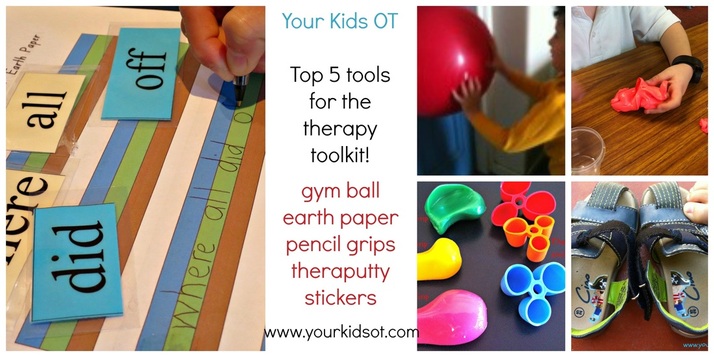

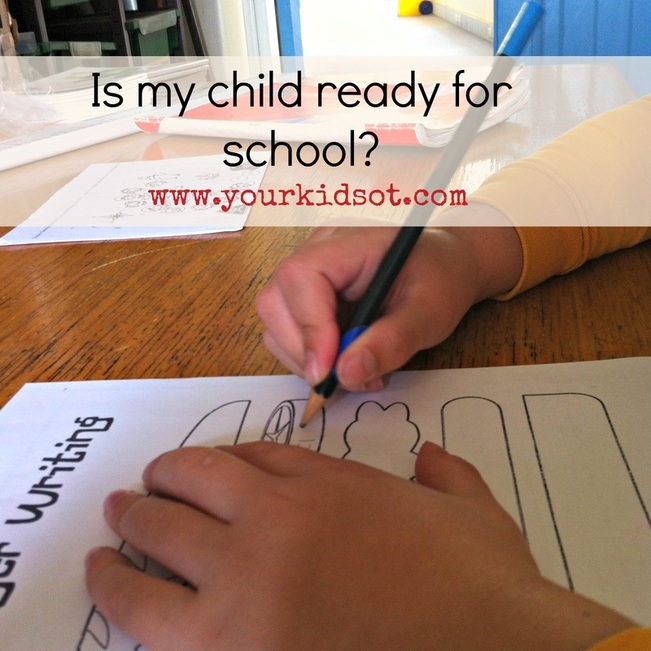
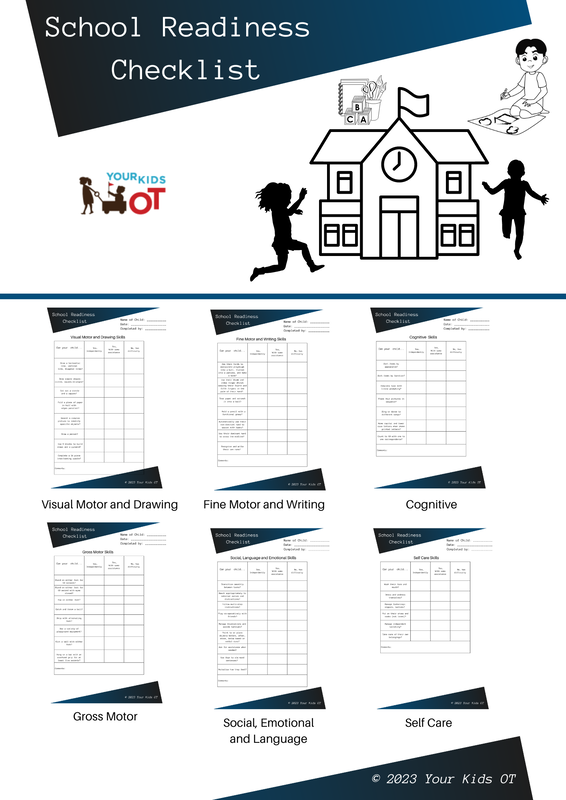

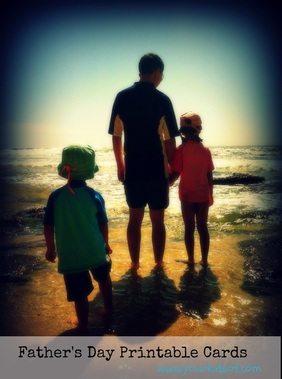

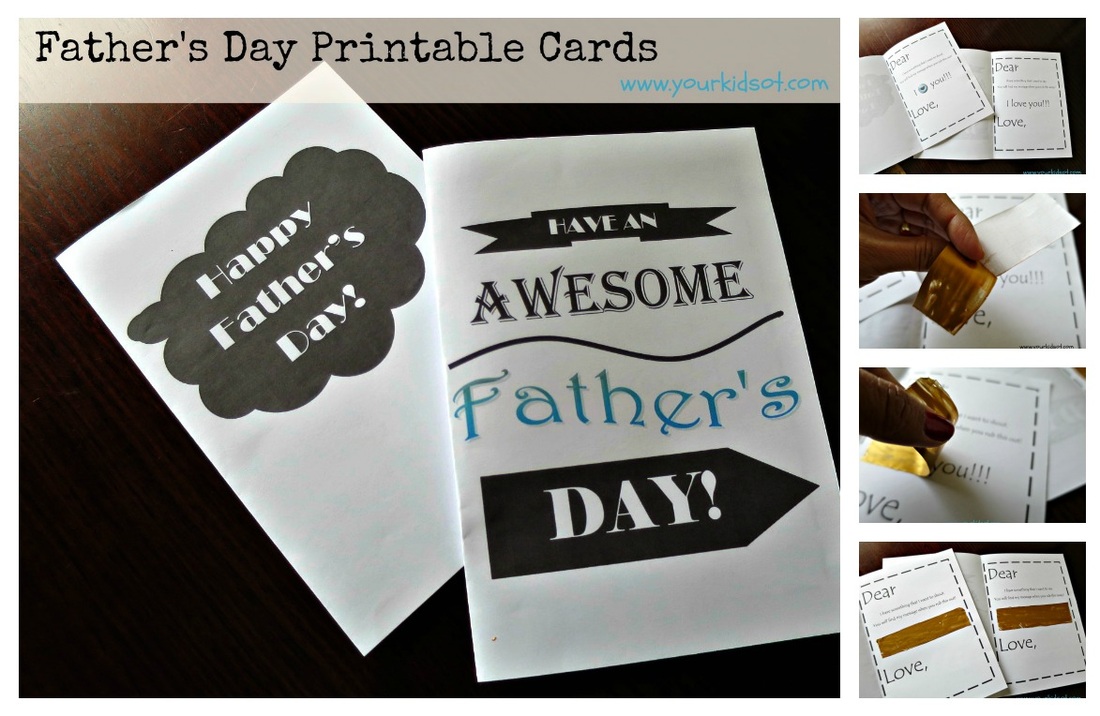

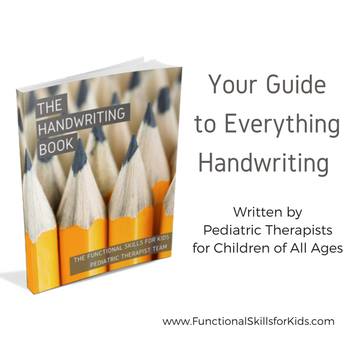
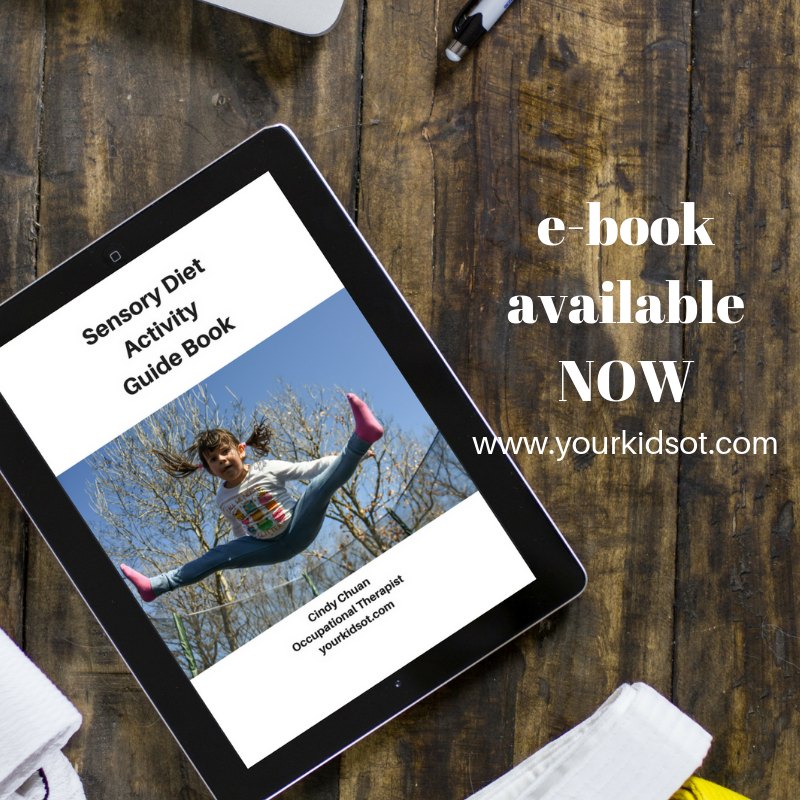
 RSS Feed
RSS Feed
